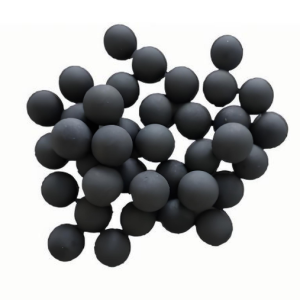Discover Premium Ceramic Products | Durability & Elegance United | Advanced Ceramics
**Why Your Gadgets Would Throw a Tantrum Without Alumina Ceramic Substrates**
(The Irreplaceability Of Alumina Ceramic Substrates In The Field Of Electronic Packaging)
Think about the last time your phone overheated or your laptop froze. Now imagine a world where electronics fail twice as fast. Sounds annoying, right? This is where alumina ceramic substrates step in. These unassuming little components are the unsung heroes keeping your gadgets from melting into a puddle of frustration.
Alumina ceramic substrates are thin, flat sheets made mostly of aluminum oxide. They look simple, but they’re like the Swiss Army knives of electronic packaging. Their job? Hold microchips, resistors, and other tiny parts in place while handling heat, electricity, and physical stress. Without them, your smartwatch would short-circuit the second you sweat, and your car’s GPS would quit halfway through a road trip.
Heat is the enemy of electronics. The faster a device works, the hotter it gets. Alumina ceramic substrates tackle this problem head-on. They absorb heat like a sponge and spread it out evenly, stopping your device from turning into a mini volcano. Compare this to plastic or regular metal parts. Plastic cracks under high temps, and metals can warp or conduct electricity where it shouldn’t go. Ceramics? They stay cool, calm, and collected.
Durability is another big win. Electronics face vibrations, shocks, and chemical exposure daily. Alumina ceramics laugh in the face of wear and tear. They’re scratch-resistant, corrosion-proof, and tough enough to survive drops, spills, and even factory assembly lines. Try that with fiberglass or silicone.
Now think about size. Gadgets keep shrinking, but their performance demands keep growing. Alumina substrates are thin and lightweight, giving engineers the freedom to cram more power into smaller spaces. Your wireless earbuds, fitness tracker, or medical implants? They all rely on this slim-but-sturdy material to stay compact without sacrificing reliability.
Cost matters too. Gold or diamond-coated parts might sound fancy, but they’re expensive and impractical for mass production. Alumina ceramics are cheap to make, yet perform like premium materials. This balance keeps your tech affordable without cutting corners on quality.
Some might ask: “Why not use newer materials like silicon carbide or graphene?” Those options have their perks, but they’re still playing catch-up. Silicon carbide is pricier and trickier to produce. Graphene, while revolutionary, isn’t ready for everyday electronics. Alumina ceramics? They’re the reliable workhorse that’s already here, doing the heavy lifting without drama.
The rise of electric cars and 5G networks only boosts their importance. High-power batteries and ultrafast data transmission generate insane heat. Alumina substrates handle these extremes, ensuring your EV doesn’t combust and your video calls don’t buffer.
Even the medical field leans on them. Devices like pacemakers and imaging tools need materials that won’t react with the human body or fail during critical moments. Alumina ceramics are biocompatible and stable, making them a go-to for life-saving tech.
Innovation never stops. Researchers are tweaking alumina recipes to make them even better—adding nanoscale coatings or blending in other minerals. But for now, no other material matches their versatility. They’re the quiet backbone of modern tech, hiding in plain sight while making sure your world stays connected.
(The Irreplaceability Of Alumina Ceramic Substrates In The Field Of Electronic Packaging)
So next time your phone survives a drop or your gaming console doesn’t overheat, give a silent nod to alumina ceramic substrates. They’re not glamorous, but without them, your gadgets would be about as useful as a brick.



